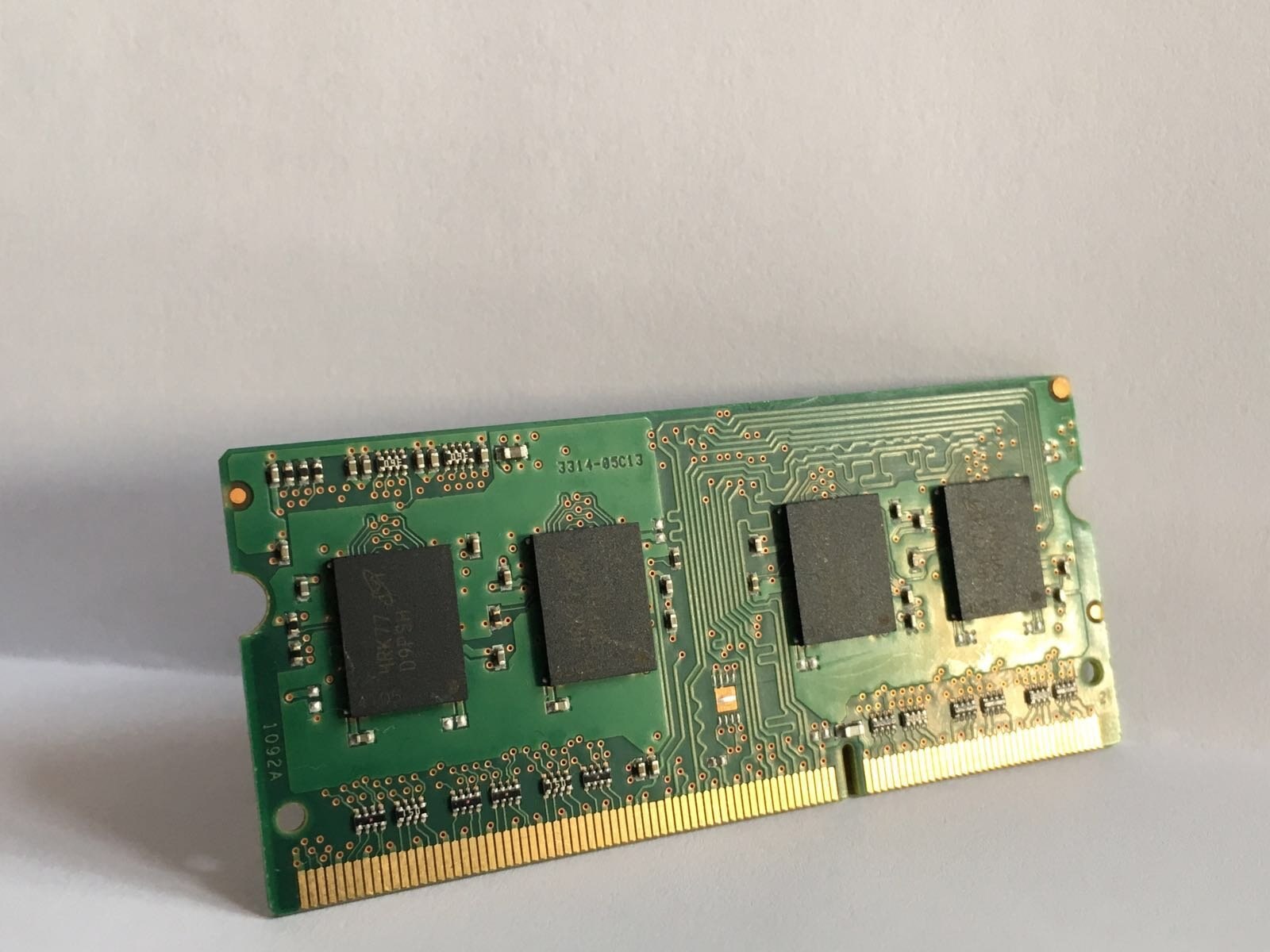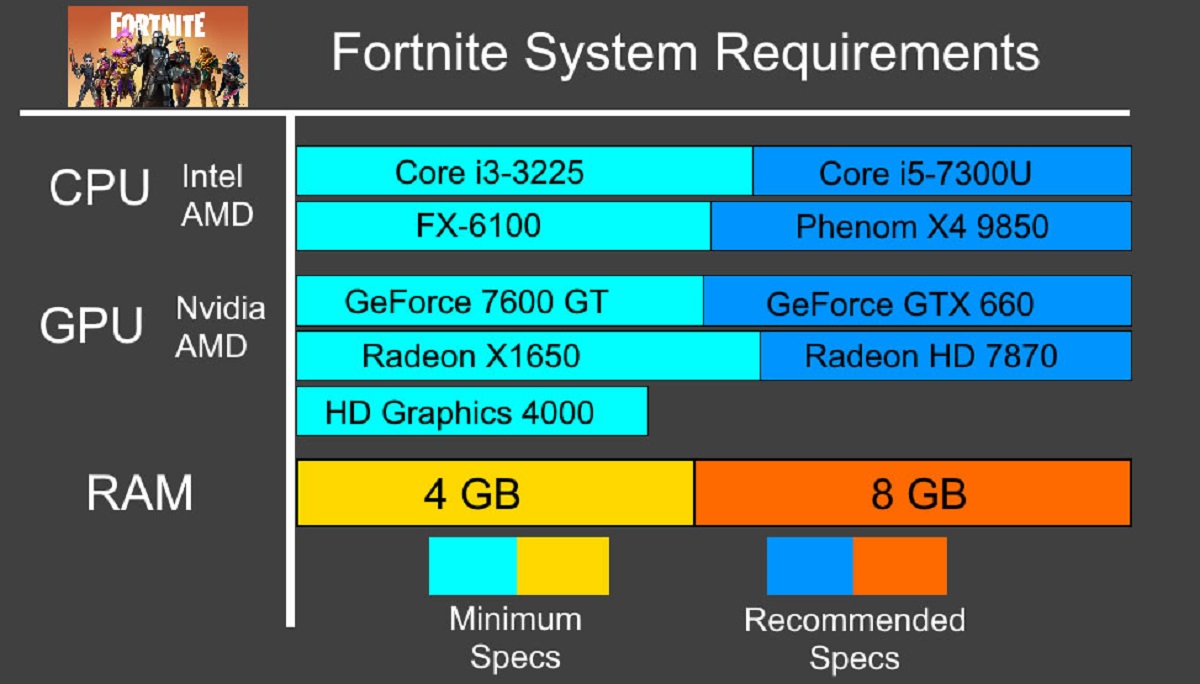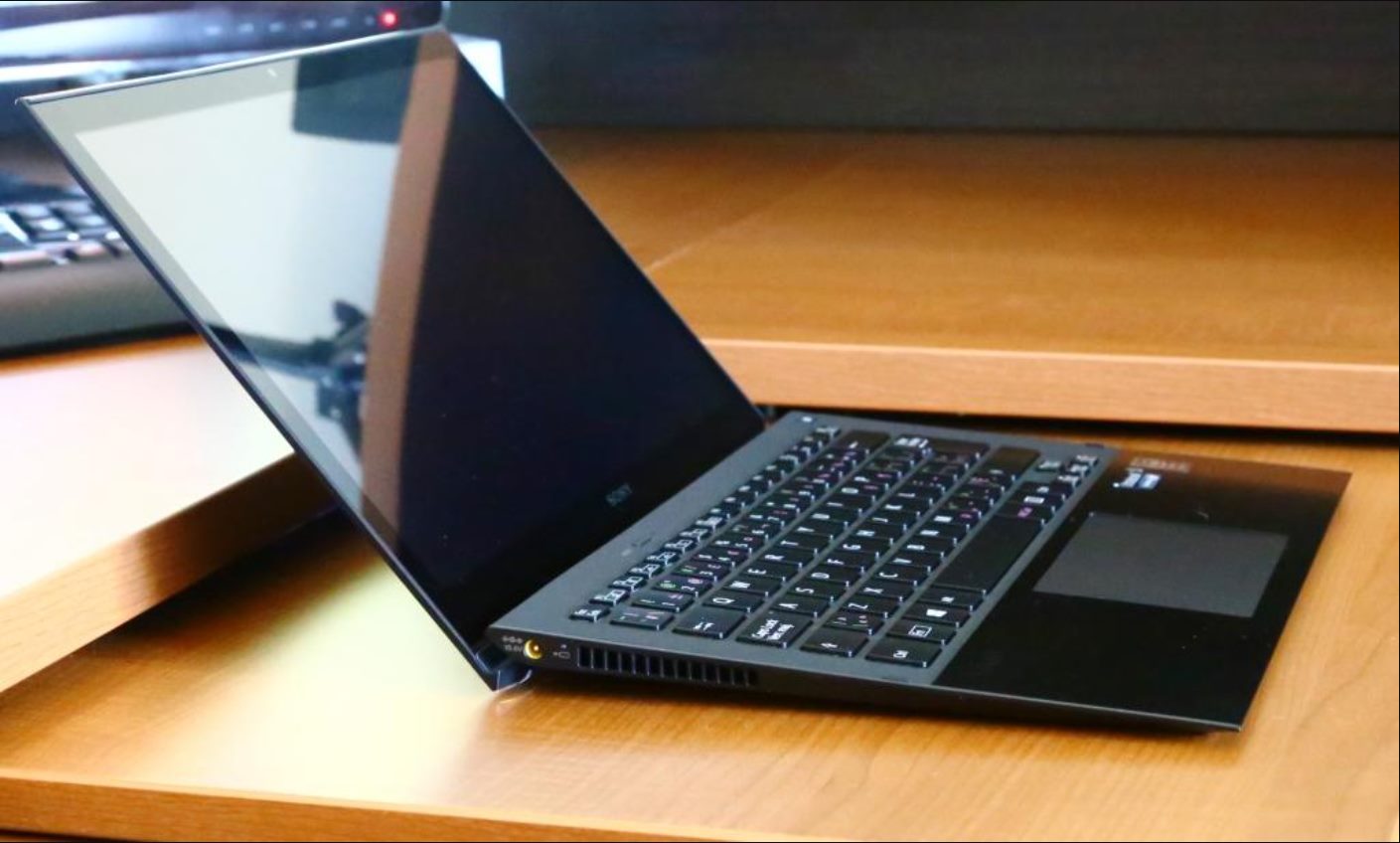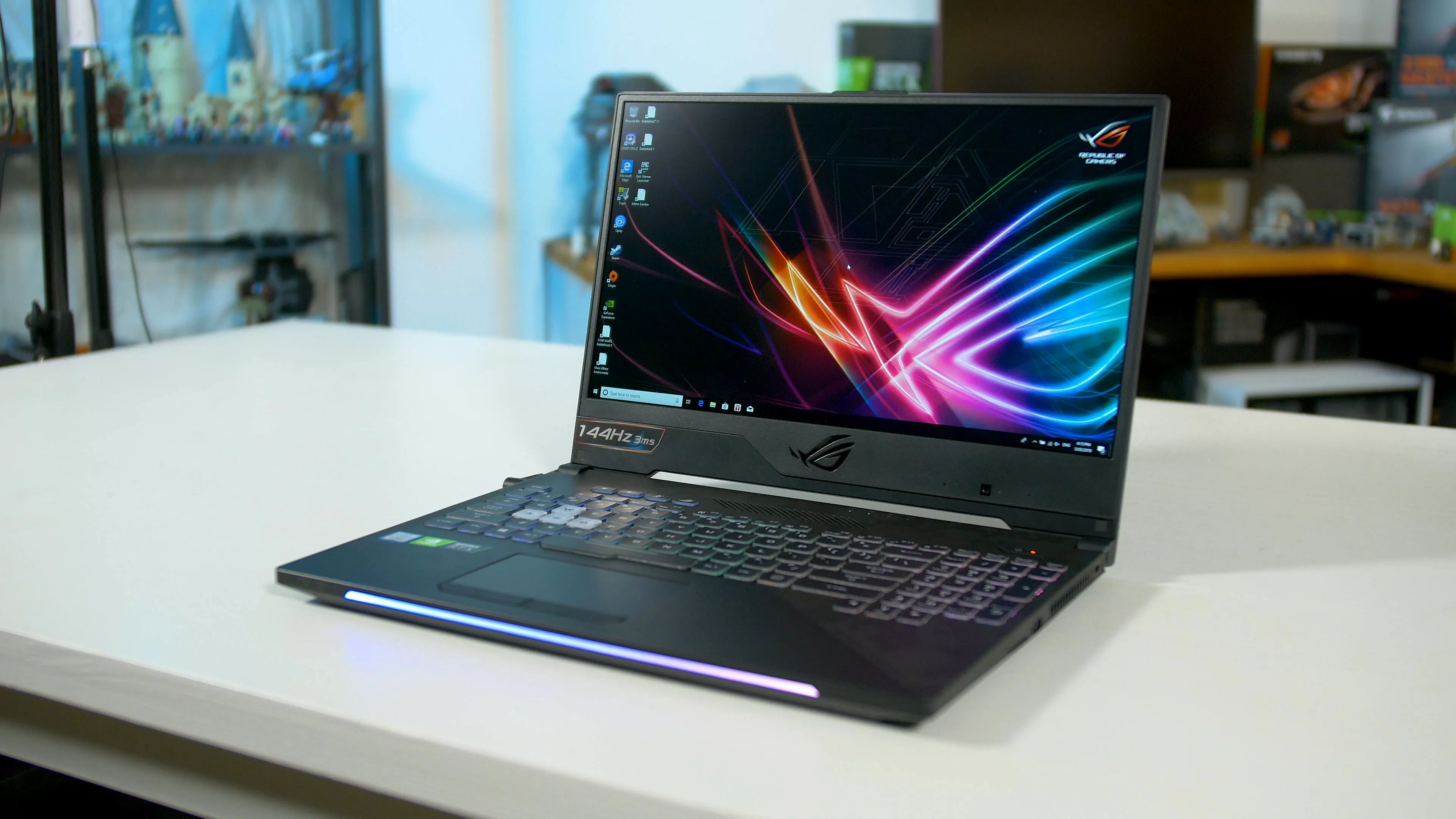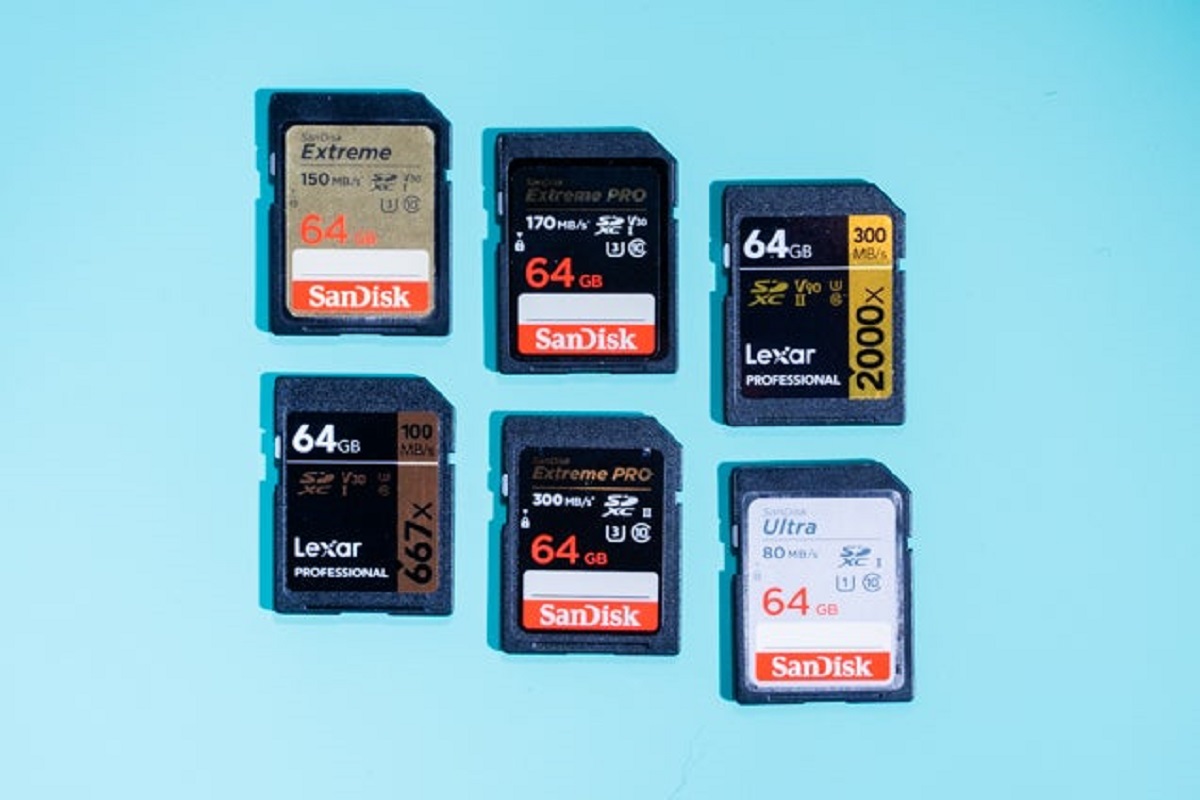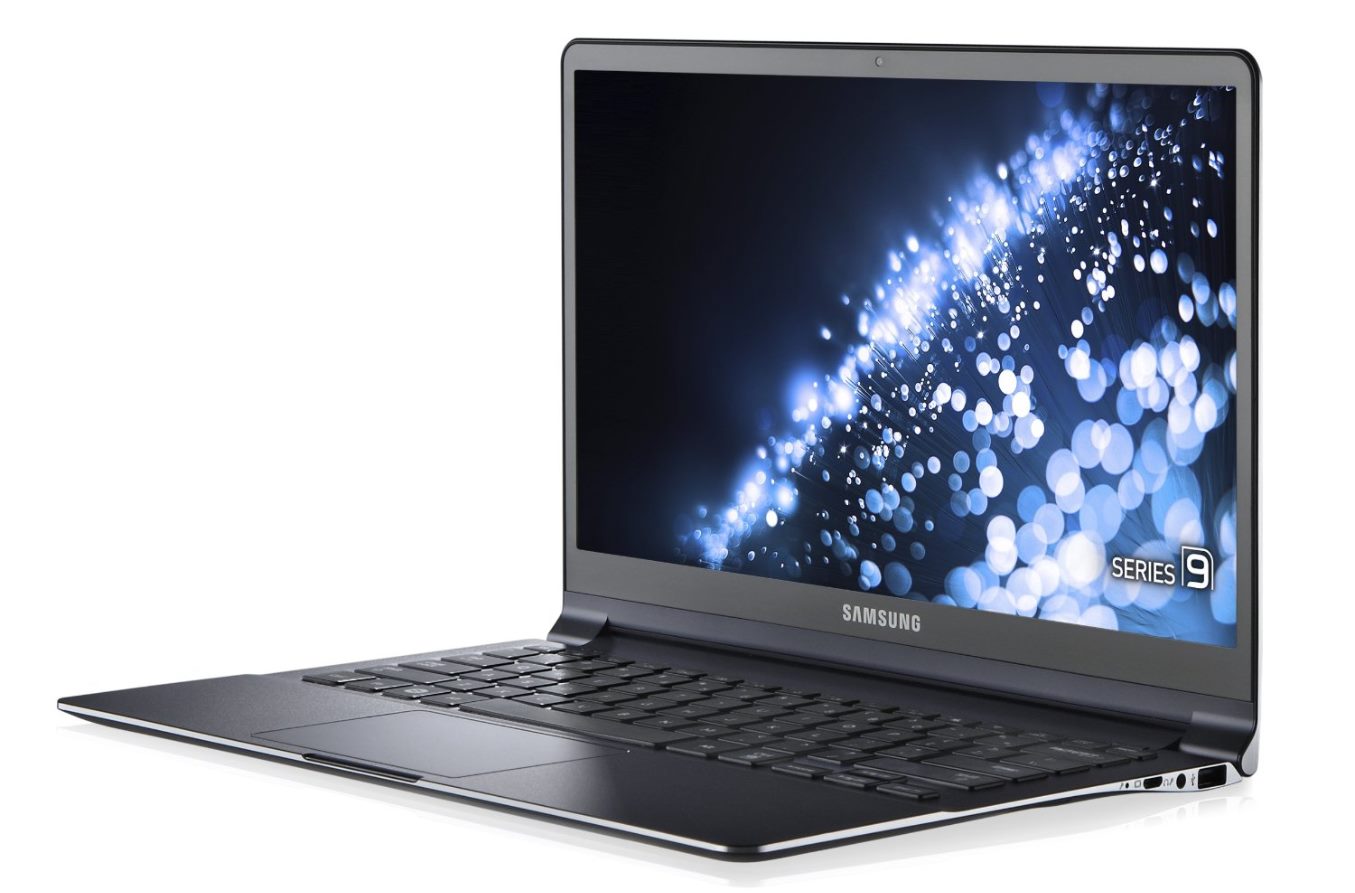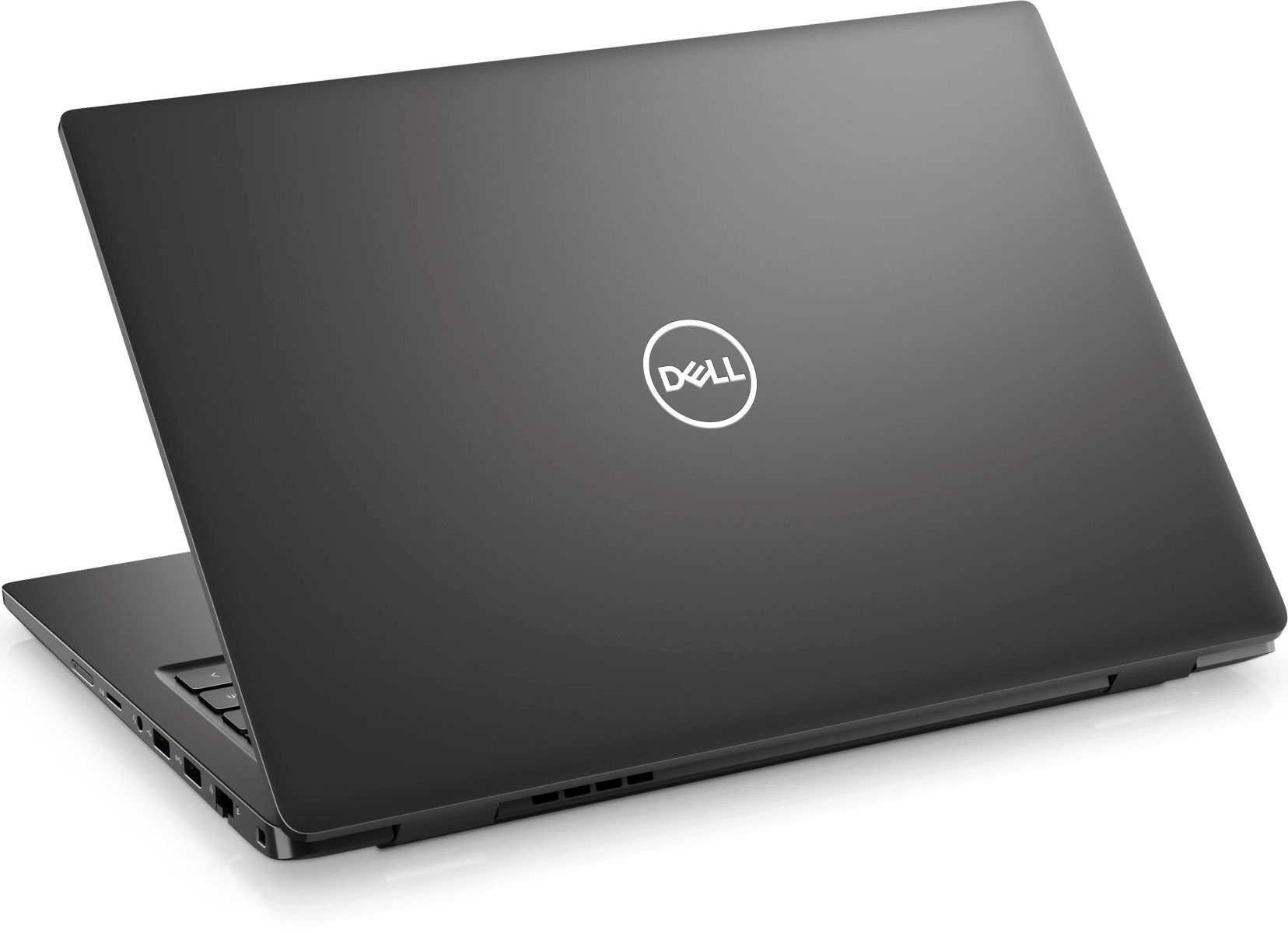Introduction
Welcome to the digital age, where technology continues to advance at an exponential rate. In this era of smartphones, laptops, and cloud computing, we often come across technical jargon that leaves us scratching our heads. One such term is “RAM,” which stands for Random Access Memory. But what exactly is RAM, and why is it important?
RAM is a crucial component of any computer system, whether it is a desktop computer, a laptop, or even a smartphone. It is responsible for helping your device run smoothly and efficiently. You may have heard people mention the amount of RAM when discussing the specifications of a device, but what does it really mean?
In this article, we will explore the intricacies of RAM, demystify the jargon, and help you understand how much RAM you actually need. Whether you’re thinking of upgrading your device’s RAM or simply curious about the inner workings of your computer, this article will provide you with all the information you need.
So, let’s dive into the world of RAM and discover why this little component plays such a significant role in our everyday computing experiences.
What is RAM?
Before we delve into the specifics of RAM, let’s first understand what it is. RAM, or Random Access Memory, is a type of computer memory that is responsible for storing data that is actively being used by the computer. Unlike permanent storage devices like hard drives or solid-state drives, RAM is a volatile memory, meaning that its contents are lost when the computer is turned off or restarted.
Think of RAM as your computer’s short-term memory. Whenever you open an application, load a webpage, or edit a document, the relevant data is stored in RAM for quick and easy access. This allows your computer to retrieve and process information much faster than if it had to rely solely on the permanent storage devices.
RAM operates at a much higher speed than other storage devices, allowing for rapid data access and retrieval. It is measured in gigabytes (GB) and is an essential factor in determining the overall performance and speed of your computer.
When you have more RAM, your computer can handle multiple tasks simultaneously, without experiencing any significant slowdowns. This is especially beneficial for power users who often work with resource-intensive applications, such as video editing software or complex gaming environments.
Overall, RAM serves as a bridge between the main storage devices, such as your hard drive or SSD, and the Central Processing Unit (CPU) of your computer. It acts as a temporary workspace where data is stored and accessed during the execution of various tasks.
Now that we have a basic understanding of what RAM is, let’s explore how it actually works and interacts with other components of your computer system.
How Does RAM Work?
RAM, or Random Access Memory, plays a crucial role in the overall functioning of your computer. It works closely with the Central Processing Unit (CPU) to provide quick and efficient access to the data that your computer needs to process. Understanding how RAM works can give you a better insight into its importance in your computer system.
When you open an application or perform any task on your computer, the relevant data is loaded into the RAM from the permanent storage devices, such as the hard drive or solid-state drive. This data stays in the RAM as long as it’s actively being used by the CPU. The CPU sends instructions to the RAM to retrieve, update, or write new data.
The data stored in the RAM is arranged in small units called memory cells. Each memory cell has an address, allowing the CPU to easily locate and retrieve the data it needs. This random access capability is what differentiates RAM from other storage devices, which require the CPU to read data sequentially.
The speed at which RAM operates is crucial for the overall performance of your computer. The faster the RAM, the quicker the CPU can access the necessary data and carry out the desired tasks. RAM speed is measured in megahertz (MHz) or gigahertz (GHz) and is an important consideration when choosing RAM for your computer.
Another vital aspect of RAM is its capacity, which is measured in gigabytes (GB). The capacity determines how much data can be stored and accessed by the CPU at any given time. More RAM generally means that your computer can handle more tasks simultaneously without experiencing performance lag.
RAM functions on a clock cycle, which defines the speed at which data can be retrieved and transferred. The clock speed, along with the number of memory channels in your RAM configuration, determines the overall bandwidth or the amount of data that can be transferred within a particular time frame.
In summary, RAM works by storing and providing quick access to the data that your computer needs to carry out various tasks. It acts as a bridge between the storage devices and the CPU, ensuring swift data retrieval and processing. The speed and capacity of RAM significantly impact the performance of your computer, making it an essential consideration when it comes to choosing or upgrading your device’s RAM.
What is a Gigabyte?
In the world of computing, you may have come across the term “gigabyte” (GB) when dealing with storage capacities or memory sizes. But what exactly is a gigabyte, and how does it relate to RAM and other storage devices?
A gigabyte is a unit of measurement that represents digital storage capacity. It is often used to quantify the amount of data that can be stored, transferred, or processed by various electronic devices. One gigabyte is equivalent to 1,073,741,824 bytes, or approximately 1 billion bytes.
To put it into perspective, let’s consider some common examples of data sizes. An average email with no attachments is usually around 20 kilobytes (KB), while a single MP3 song might range from 3 to 5 megabytes (MB). Moving up the scale, a standard DVD can hold up to 4.7 gigabytes (GB) of data, and a dual-layer Blu-ray disc can store up to 50 GB.
When it comes to RAM, the gigabyte measurement determines the capacity of the memory module in your computer system. For example, if your device has 2 gigabytes of RAM, it means that it can store and access approximately 2 billion bytes of data at any given time.
It’s important to note that despite the significant storage capacity represented by a gigabyte, it is still a relatively small unit of measurement in the world of digital storage. As technology advances, we are now witnessing devices with terabytes (TB) of storage capacity. One terabyte is equivalent to 1,099,511,627,776 bytes or approximately 1 trillion bytes.
In summary, a gigabyte is a unit of measurement for digital storage capacity. It is commonly used to quantify the size of RAM modules and storage devices in electronic devices. Understanding what a gigabyte represents can help you make informed decisions when it comes to choosing devices with sufficient storage capacity for your needs.
How Much RAM Do You Need?
The amount of RAM you need in your computer depends on several factors, including the specific tasks you plan on performing and the software requirements of those tasks. Having an adequate amount of RAM ensures smooth multitasking, quick application and file loading times, and overall improved system performance.
For basic computing tasks, such as web browsing, word processing, and casual media consumption, a minimum of 4 GB of RAM should suffice. This amount of RAM allows your computer to handle these tasks efficiently without experiencing significant slowdowns.
If you engage in more demanding activities, such as photo or video editing, running virtual machines, or gaming, you will need a higher amount of RAM. In such cases, a minimum of 8 GB or even 16 GB of RAM is recommended to ensure optimal performance and responsiveness.
However, keep in mind that the RAM requirements of specific software or games vary. For example, some video editing applications may recommend 16 GB or more of RAM for smooth editing processes, while certain AAA games require a minimum of 8 GB or higher for optimal gameplay.
It’s also worth noting that operating systems and other background processes consume a certain amount of RAM. Therefore, even if your desired software or games mention a recommended RAM amount, it’s always a good idea to have a bit more RAM to accommodate the operating system and any other simultaneous programs you might be using.
Overall, it’s best to future-proof your system by opting for higher amounts of RAM, especially if you predict that your computing needs will grow over time. Having more RAM not only improves your current computing experience but also allows for smoother transitions as you engage in more demanding tasks or upgrade to newer software in the future.
Remember, RAM is an upgradable component, meaning you can add more RAM to your system if needed. It’s always a good idea to research the maximum RAM capacity of your device and ensure that it is expandable before making a purchase. Upgrading your RAM can be a cost-effective way to boost your computer’s performance without having to replace the entire system.
In summary, the amount of RAM you need depends on the specific tasks you plan on performing and the software requirements of those tasks. For basic computing, 4 GB is generally sufficient, while more demanding activities may require 8 GB or higher. It’s always beneficial to have more RAM to future-proof your system and accommodate any background processes or software upgrades.
What Can You Do With 2 Gigs of RAM?
Having 2 gigabytes (GB) of RAM in your computer may seem relatively small compared to higher RAM capacities available today. However, this amount of RAM can still support a range of basic computing tasks, allowing you to perform essential activities without significant performance issues.
With 2 GB of RAM, you can comfortably engage in tasks such as web browsing, email checking, word processing, and multimedia consumption. Basic office productivity software, such as Microsoft Office or Google Docs, operate smoothly within this RAM capacity.
Your computer will be able to handle light multitasking, such as having a few browser tabs open simultaneously, listening to music, and running basic applications. Standard internet browsing, social media usage, and media streaming services are also manageable with 2 GB of RAM.
Additionally, 2 GB of RAM is sufficient for watching videos, both online and offline, in standard definition. Various media players and streaming platforms, such as YouTube or Netflix, can function adequately within this RAM limit, ensuring a seamless viewing experience.
For basic photo editing tasks, 2 GB of RAM can be sufficient. Simple editing software, like Microsoft Paint or basic image viewers, typically work with ease within this RAM capacity. However, if you plan on performing more complex photo editing tasks or using professional software, it’s recommended to upgrade to a higher RAM capacity.
It’s worth noting that running more resource-intensive applications or performing multiple demanding tasks simultaneously may strain a system with only 2 GB of RAM. In such cases, you may experience slower performance, longer processing times, and possible freezing or crashing of applications.
Moreover, modern operating systems, such as Windows 10 or macOS, generally require a larger amount of RAM to operate optimally. While you can use these operating systems with 2 GB of RAM, you may experience reduced performance and slower system operation compared to higher RAM configurations.
In summary, 2 GB of RAM can support basic computing tasks such as web browsing, email, word processing, and media consumption. It allows for light multitasking and usage of productivity software. While it may not be sufficient for resource-intensive applications or demanding tasks, it can still provide a satisfactory computing experience for everyday activities.
Is 2 Gigs of RAM Enough?
The question of whether 2 gigabytes (GB) of RAM is enough depends on your specific needs and the tasks you intend to perform on your computer. While 2 GB was considered sufficient in the past, today’s computing requirements have evolved, and more RAM is generally recommended for optimal performance.
For basic tasks like web browsing, word processing, and email checking, 2 GB of RAM can still get the job done. These activities typically do not require significant memory usage and can run smoothly within this RAM capacity. Additionally, if you have a lightweight operating system like Linux or Chrome OS, 2 GB of RAM may be adequate for basic usage.
However, it’s important to consider that as technology advances, software becomes more feature-rich and demanding. Modern operating systems, web browsers, and applications require more system resources to run efficiently. This means that 2 GB of RAM may struggle to handle more resource-intensive tasks or multiple applications running simultaneously.
If you often engage in activities such as video editing, graphic design, gaming, or running virtual machines, 2 GB of RAM is unlikely to offer optimal performance. These tasks require a higher amount of memory to process large files, handle complex graphics, or simulate multiple operating systems concurrently.
Furthermore, using a computer with only 2 GB of RAM can lead to slowdowns, freezes, and decreased overall system responsiveness when you have multiple programs or browser tabs open simultaneously. This is because the system may struggle to allocate the necessary memory to each application, leading to increased disk swapping and decreased performance.
In the context of modern operating systems, which often require at least 4 GB of RAM, running a computer with only 2 GB may result in a less-than-ideal user experience. Operating systems typically utilize a significant portion of available RAM for background processes and system optimization, leaving limited resources for your applications.
Ultimately, while 2 GB of RAM can be sufficient for basic computing tasks, it may struggle to handle more resource-intensive activities and multitasking. If you want to ensure optimal performance, smoother multitasking, and the ability to run more demanding applications, it’s advisable to consider upgrading to a higher RAM capacity.
It’s worth noting that the upgradability of your device should also be considered. Some systems, particularly smartphones and tablets, have non-expandable RAM, meaning you cannot increase the RAM capacity after purchase. In such cases, it’s important to carefully assess your usage needs and choose a device with sufficient RAM from the start.
In summary, while 2 GB of RAM may be sufficient for basic tasks, it may struggle to cope with more demanding activities and multitasking. Consider upgrading to a higher RAM capacity to ensure optimal performance and a smoother computing experience, especially for resource-intensive tasks.
What Are the Limitations of 2 Gigs of RAM?
While 2 gigabytes (GB) of RAM can still support basic computing tasks, it does have its limitations, especially in today’s demanding computing landscape. Here are some of the key limitations you may encounter when using a computer with 2 GB of RAM:
1. Limited Multitasking: With only 2 GB of RAM, your ability to multitask efficiently is restricted. Running multiple applications simultaneously or having multiple browser tabs open can cause your system to slow down as it struggles to allocate enough memory for each task.
2. Slow Performance: Resource-intensive tasks such as video editing, gaming, running virtual machines, or using memory-hungry applications may result in slow performance and extended processing times. These activities require more memory to handle large data sets, complex graphics, or simulating multiple operating systems.
3. Increased Disk Swapping: When your system runs out of available RAM, it begins to swap data between RAM and the disk storage, a process known as disk swapping or paging. This increased disk activity can lead to decreased performance, as data access speed from the disk is significantly slower than accessing data from RAM.
4. Limited Software Compatibility: Modern operating systems and software applications often require a higher amount of RAM to function optimally. Using a system with only 2 GB of RAM may lead to compatibility issues or decreased performance with certain software versions or resource-intensive applications.
5. Reduced System Responsiveness: Insufficient RAM can result in decreased system responsiveness as your computer struggles to keep up with all active processes. Opening new applications or switching between tasks may become slow and unresponsive, impacting your overall productivity.
6. Incompatibility with Future Upgrades: As technology advances and software requirements evolve, it’s important to future-proof your system. Devices with 2 GB of RAM may become outdated quickly and may not meet the minimum system requirements for future software updates or newer versions of operating systems.
7. Limited Virtual Memory: Virtual memory, a portion of the hard drive used as an extension of RAM, becomes crucial when system memory is limited. However, relying heavily on virtual memory can lead to performance degradation, as the hard drive’s data transfer speeds are much slower compared to RAM.
In summary, while 2 GB of RAM can handle basic computing tasks, its limitations become apparent when attempting to perform more resource-intensive activities, multitasking, or running complex software. Consider upgrading to a higher RAM capacity if you need better performance, smoother multitasking, and compatibility with the latest software requirements.
Can You Upgrade to More RAM?
If you find that your computer is struggling with performance issues or running out of memory, you’ll be pleased to know that, in most cases, you can upgrade the RAM to a higher capacity. Upgrading your RAM can be a cost-effective way to boost your computer’s performance without having to replace the entire system.
Before upgrading your RAM, make sure to check the specifications and limitations of your computer. Here are some factors to consider:
1. Compatibility: Ensure that the new RAM module you select is compatible with your computer’s motherboard and other hardware components. Check the type, speed, and form factor of the existing RAM modules to find a suitable upgrade option.
2. Maximum RAM Capacity: Every computer has a maximum RAM capacity specified by the manufacturer. Check your computer’s documentation or visit the manufacturer’s website to find out the maximum RAM your system can support. This will help you determine the limit to which you can upgrade your RAM.
3. Available Slots: Check how many RAM slots are available in your computer. If all slots are occupied, you may need to remove one or more existing modules to make room for the upgrade. Alternatively, you can choose to replace existing modules with higher-capacity ones.
4. RAM Speed: Consider the speed of the new RAM module. While it’s generally beneficial to match the speed of existing RAM modules, some systems can handle mixed speeds. However, using RAM with different speeds may result in the system operating at the speed of the slowest module.
5. Operating System Compatibility: Ensure that your operating system can recognize and utilize the additional RAM capacity. Most modern operating systems, such as Windows, macOS, and Linux, support higher RAM capacities, but it’s always a good idea to verify compatibility.
6. Cost Considerations: Determine your budget for the RAM upgrade. Prices for RAM modules can vary depending on the capacity, speed, and brand. Compare prices from reputable sources and consider the cost-effectiveness of the upgrade in relation to the performance gain you expect to achieve.
Once you have acquired the compatible RAM module, follow the manufacturer’s instructions to install it properly in your computer. It’s a relatively straightforward process, but if you’re unsure, you can also seek the assistance of a professional or consult online resources for step-by-step guidance.
After installing the new RAM, power on your computer, and it should recognize and utilize the additional memory automatically. You can verify the increased RAM capacity by checking your computer’s system information or task manager.
Remember, upgrading your RAM can significantly improve your computer’s performance, especially when dealing with resource-intensive tasks or multitasking. It’s a worthwhile investment if you want to maximize the lifespan and usability of your existing system.
In summary, in most cases, you can upgrade the RAM in your computer to a higher capacity. Consider the compatibility, maximum capacity, available slots, RAM speed, operating system compatibility, and cost before purchasing and installing the new RAM modules. Upgrading your RAM can provide a notable performance boost to your computer and extend its usability.







